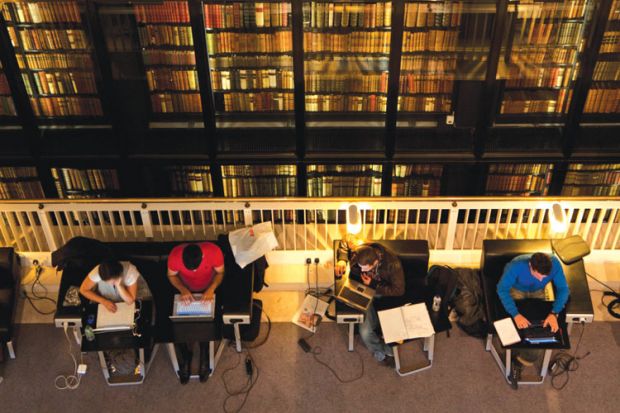Source: Alamy
That is the argument of a new report by Research Libraries UK, Unique and Distinctive Collections: Opportunities for Research Libraries.
Just as it is now standard to assess the significance of collections in the heritage sector, the authors argue that similar criteria should be established to recognise the unique and distinctive collections (UDCs) held by many university libraries.
Raising their profile could only enhance their potential for “enhancing the distinctiveness” of their institutions and their “ability to attract high-quality researchers and students”; “growing relatively new areas of research and learning such as digital humanities”; “engaging with local communities”; and “contribut[ing] to the economy through use of UDCs by business or as a tourist attraction”.
Drawing on earlier RLUK surveys of special collections and archives and “hidden collections”, the report stresses the vast and varied range of neglected treasures to be found within British research libraries.
Making them more accessible will require both large-scale digitisation and better cataloguing of “non-traditional” audiovisual and born-digital material, ideally making “optimal use of national and international metadata standards”, so as to “enable researchers to recognize, and benefit from, the breadth of collections held by research libraries”.
In order to “maximise the opportunities that UDCs present for the benefits of researchers, students and the wider public”, RLUK is also developing a web resource known as the UC Hub, where they hope to incorporate information and case studies supplied by those working within the sector.




